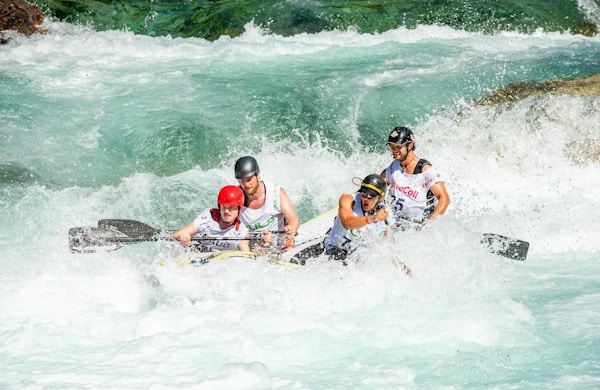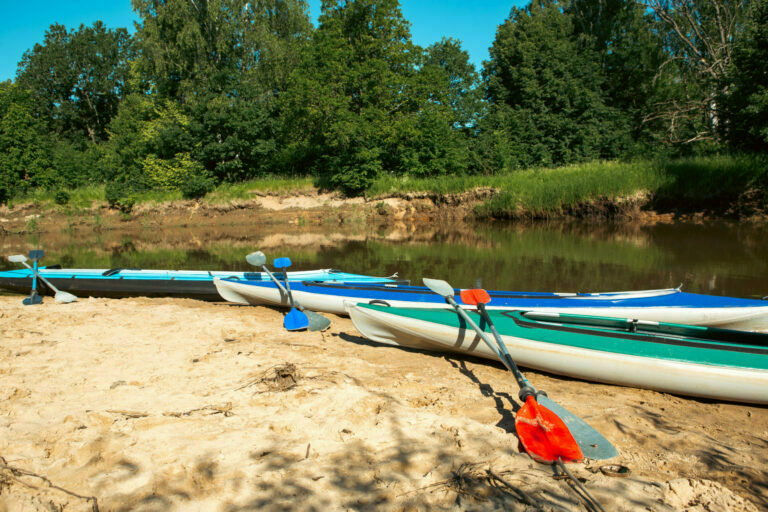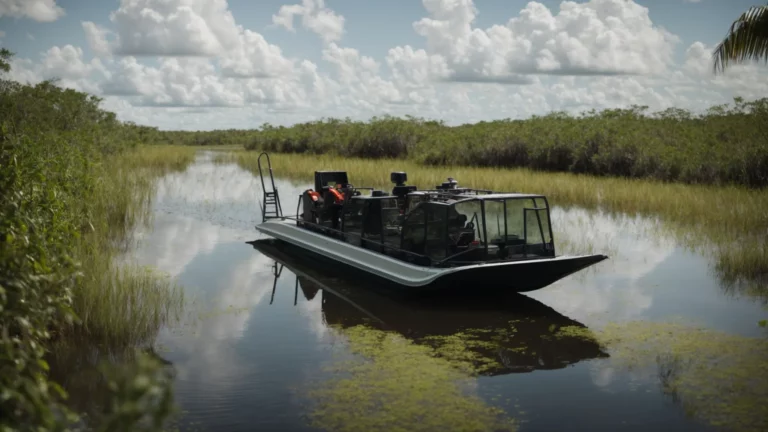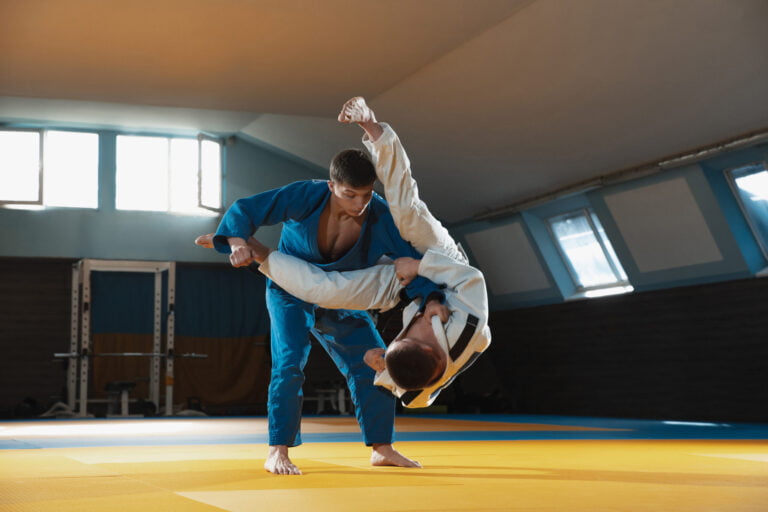Ready to hit the rapids? River rafting in Idaho is an unforgettable experience and a great way to explore the state’s stunning natural beauty. From peaceful floats along the Snake River to thrilling white-water rapids in the Salmon River, Idaho offers something for every type of rafter. But what should you know before you go? Keep reading to find out what to know about river rafting in ID.
Understand the weather conditions for river rafting.

Understanding the weather conditions for river rafting is an important part of planning a successful trip. Idaho has a diverse range of climates, from the desert-like temperatures found in southeastern parts of the state to cool mountain air and wetter climates up north. Knowing which type of climate your chosen river flows through will help you determine what kind of gear or supplies you may need to bring, as well as help you plan when it’s best to schedule your trip. During summer months, rivers can become choppier due to warm winds that blow off large bodies of water. On windy days, waves can be taller than normal and more difficult to navigate safely through on a boat. In some areas, snowmelt from higher elevations will cause rivers to swell during spring and early summer months so it’s important to check water levels before heading out onto any body of water. If cold weather persists into early spring, then hypothermia becomes a risk for rafters even if they are dressed appropriately for colder temperatures; this is especially true if there is unexpected precipitation during the trip like rain or snowfall.
Make sure you are physically prepared for your trip.
When preparing for a river rafting trip, it is important to ensure that you are physically prepared. This means having the necessary strength and endurance needed to paddle and complete any other activities associated with the trip. You should also make sure you have an adequate level of fitness as there may be some challenging sections of rapids along the way, so being able to respond quickly is essential. It’s also important to take into account any medical conditions you may have. If they could affect your ability while on the water, then speak with a doctor beforehand and make sure you are well-prepared. Additionally, packing all necessary supplies such as sunscreen, sunglasses, and hats can help keep everyone safe during their time on the river. The right clothing will also be key; quick-drying materials such as nylon or polyester are best for wicking away moisture from sweat or splashes from paddling in order to stay comfortable throughout the journey downriver. Lastly, it is always recommended that each person brings along a personal flotation device (PFD) or lifejacket which must be worn at all times when out on the water. This will provide extra safety if ever needed during unexpected events like capsizing or strong currents.
Know how to choose a qualified guide for river rafting.

A qualified guide should be knowledgeable about the area, provide assistance with navigating rapids, and have experience helping rafters of all skill levels. It is also important that they are certified by an accredited organization such as American Whitewater or the American Canoe Association (ACA). Additionally, guides should possess CPR and first aid certifications which can help if there were to ever be an emergency situation while on the water. Furthermore, experienced guides will be able to provide helpful tips regarding safety precautions when participating in a rafting adventure.
Overall, river rafting is an amazing way to explore the landscape, experience thrilling rapids, and get close to nature. It’s suitable for all ages, and there are a variety of different trips available to suit any skill level.








